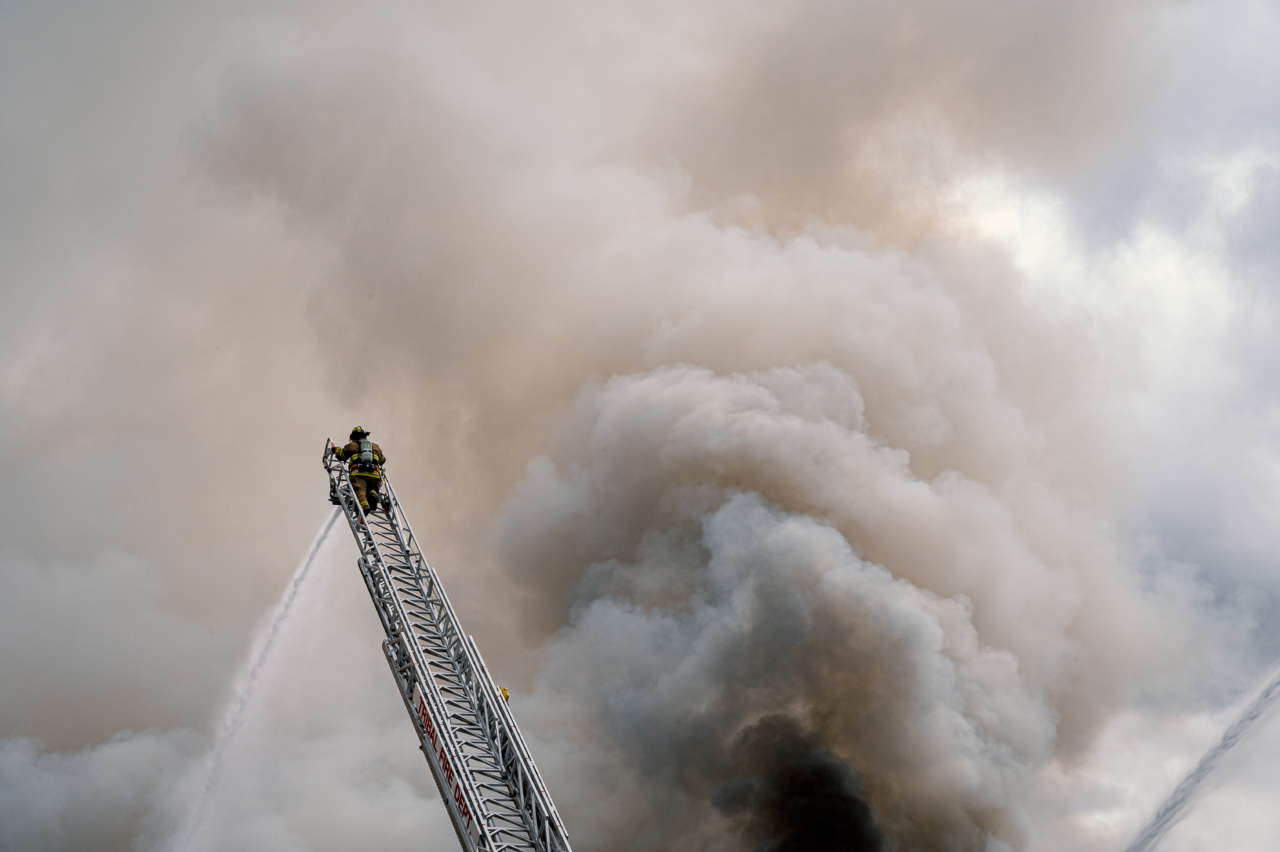High blood pressure, also known as hypertension, is a common medical condition that affects millions of people worldwide. Apart from medication, regular exercise is one of the most effective ways to help control high blood pressure.
However, exercising in areas with high levels of air pollution can be detrimental to health, especially for those with hypertension. In this article, we will explore the relationship between high blood pressure, exercise, and air pollution.
What is high blood pressure?
High blood pressure is a common medical condition that occurs when the force of blood flowing through the arteries is consistently high.
Blood pressure is measured using two numbers; the first number (systolic pressure) measures the force of the blood when the heart beats, while the second number (diastolic pressure) measures the force when the heart is at rest. A healthy blood pressure reading is typically less than 120/80mm Hg. However, when the blood pressure reading consistently exceeds 140/90 mm Hg, it is considered high blood pressure.
What causes high blood pressure?
Several factors can contribute to high blood pressure, including:.
- Family history of high blood pressure
- Age
- Obesity and excessive weight gain
- Smoking and alcohol
- Stress
- Lack of physical activity
How does exercise affect high blood pressure?
Regular physical activity is one of the most effective ways to control high blood pressure. Exercise can help to strengthen the heart, reduce stiffness in the arteries, and increase blood flow throughout the body.
Studies have shown that moderate-intensity exercises, such as brisk walking, jogging, cycling, and swimming can help to reduce blood pressure by about 5-7 mm Hg. Additionally, engaging in at least 30 minutes of moderate-intensity exercise for most days of the week can also help to reduce the risk of developing high blood pressure.
What is air pollution and how does it affect high blood pressure?
Air pollution refers to the presence of harmful substances in the air, such as gases, particulate matter, and other pollutants, that can be detrimental to human health.
Air pollution has been linked to a range of health problems, including respiratory diseases, cardiovascular diseases, and even stroke.
Several studies have linked exposure to air pollution to an increased risk of high blood pressure.
The mechanisms by which air pollution affects blood pressure are not entirely clear, but it is believed that exposure to air pollution can increase inflammation in the body and affect the sympathetic nervous system, leading to an increase in blood pressure.
How does exercising in areas of high air pollution affect high blood pressure?
While regular exercise can help to control high blood pressure, exercising in areas of high air pollution can have adverse effects on health, particularly for those with hypertension.
Exercising in areas with high levels of air pollution can lead to increased exposure to particulate matter and other pollutants, leading to further damage to the cardiovascular system.
A study published in the European Heart Journal found that exercising outdoors in areas of high air pollution could lead to an increase in blood pressure.
The study found that outdoor exercise in air-polluted areas resulted in a higher systolic blood pressure reading compared to exercising indoors or in areas with low levels of air pollution. The researchers suggest that the increased exposure to pollutants in outdoor environments could exacerbate the effects of exercise on the cardiovascular system, particularly for those with hypertension.
What can be done to limit the effects of air pollution on blood pressure during exercise?
There are several strategies that can be implemented to limit the effects of air pollution on blood pressure during exercise. These include:.
- Exercising indoors or in areas with low levels of air pollution
- Exercising during times of the day when air pollution levels are lower, such as early morning or late evening
- Wearing a face mask that can filter out small particulate matter
- Using air conditioning or air purifiers to filter out pollutants in indoor environments
- Monitoring air pollution levels in real-time using mobile apps or other tools
Conclusion
High blood pressure is a common medical condition that affects millions of people worldwide. Regular exercise is one of the most effective ways to control high blood pressure.
However, exercising in areas with high levels of air pollution can be detrimental to health, particularly for those with hypertension.
To limit the effects of air pollution on blood pressure during exercise, it is essential to implement strategies such as exercising indoors or in areas with low levels of air pollution, wearing a face mask, and monitoring air pollution levels in real-time.




























